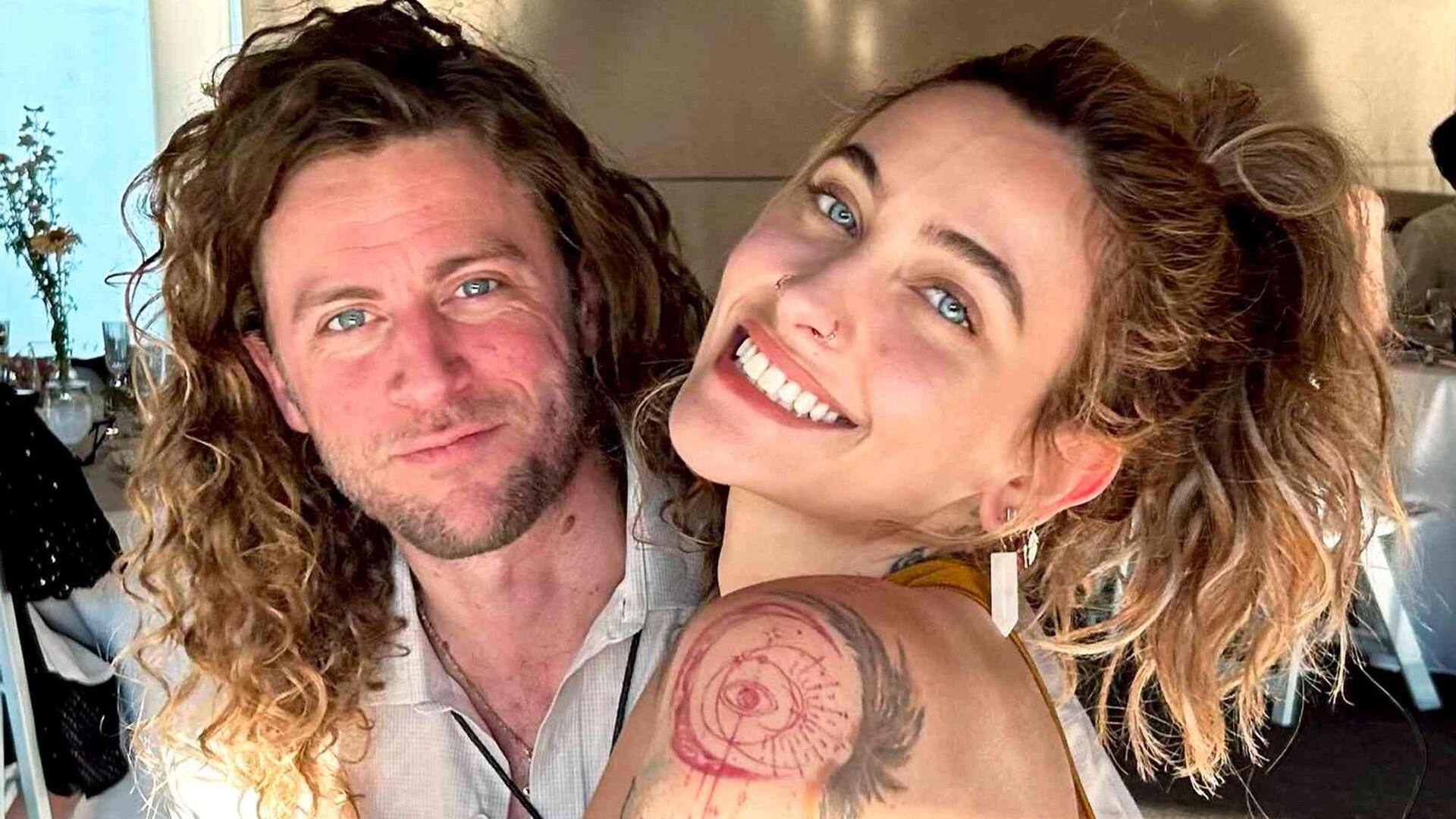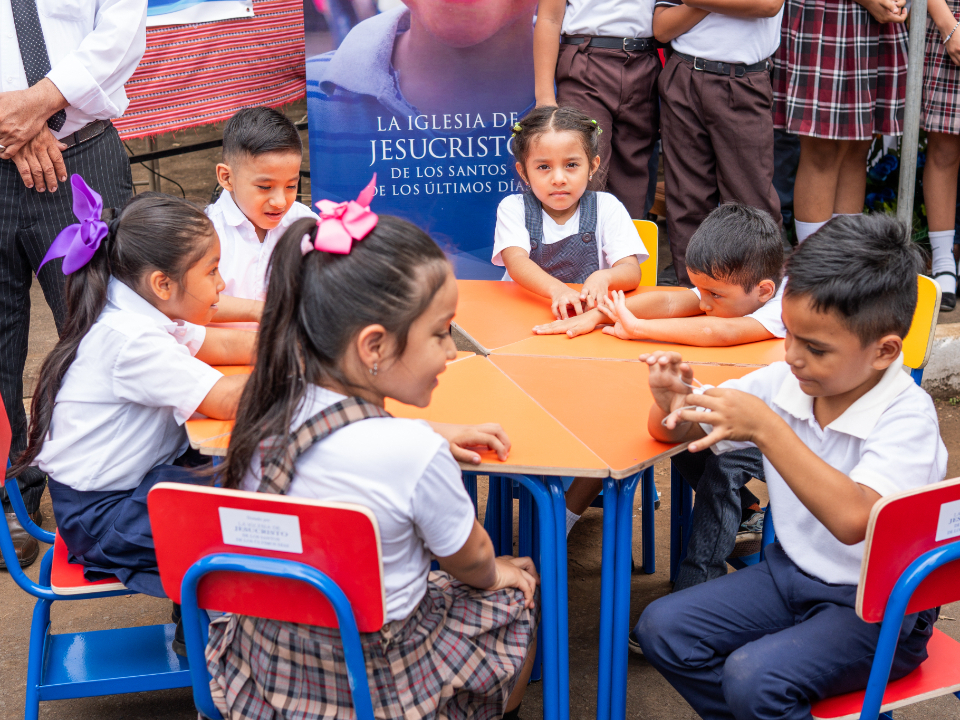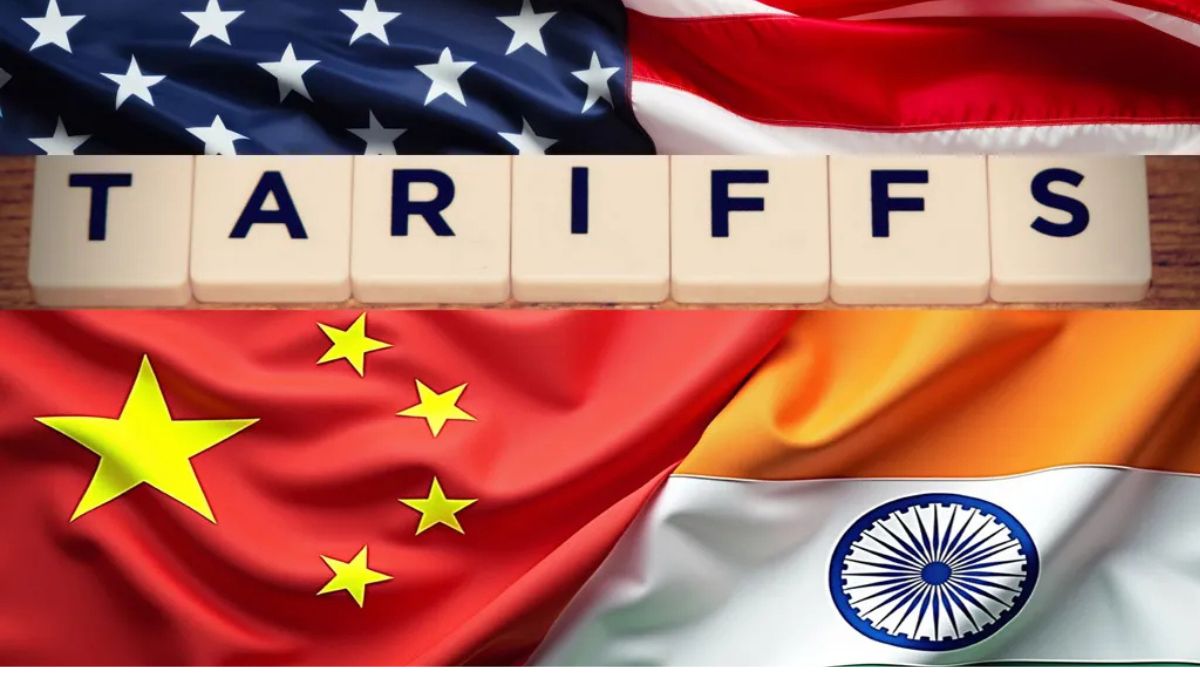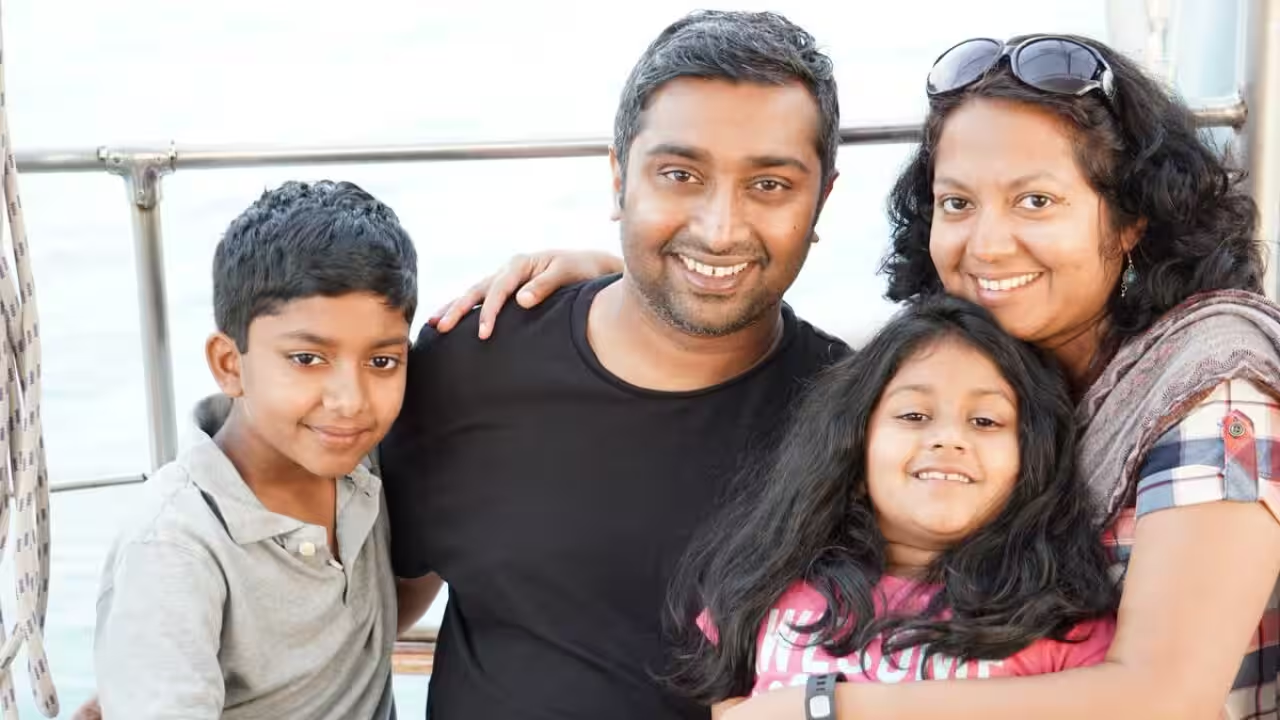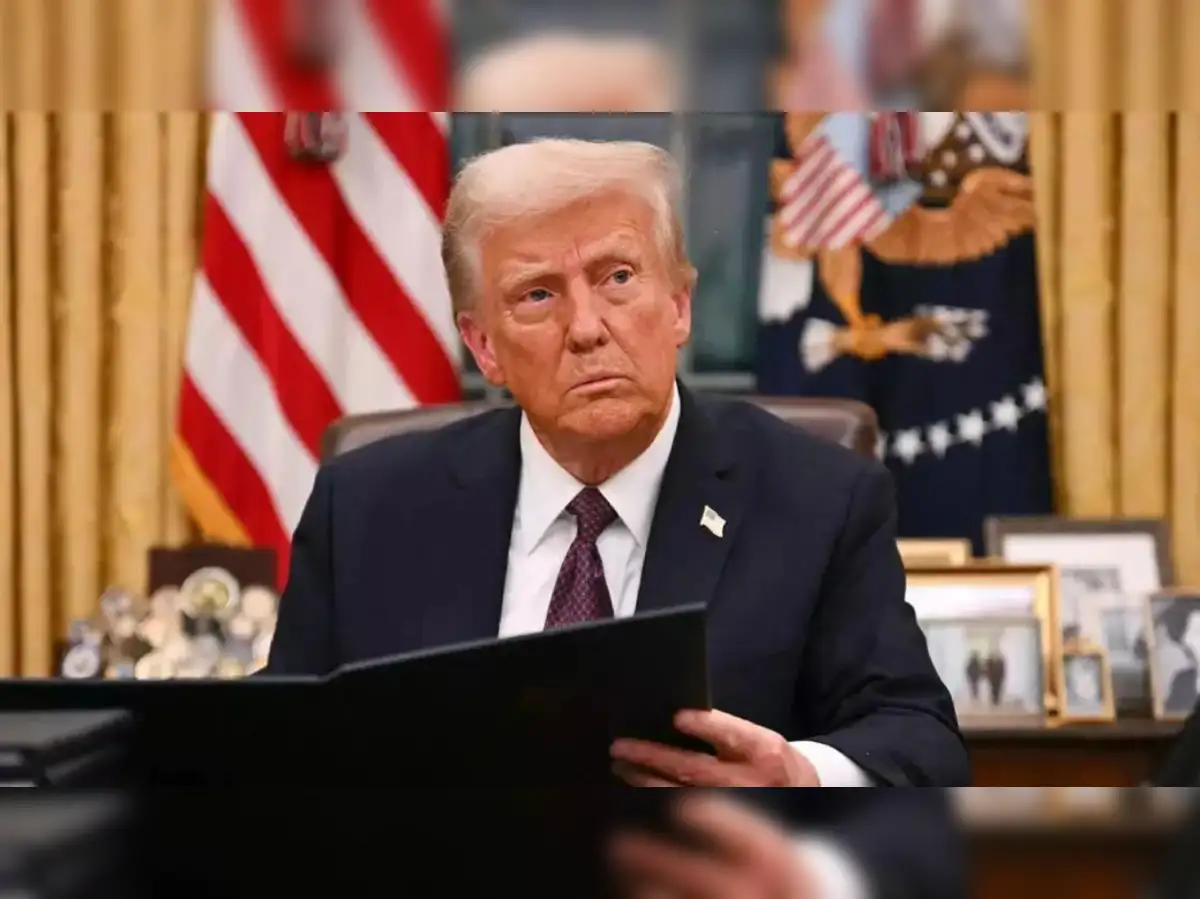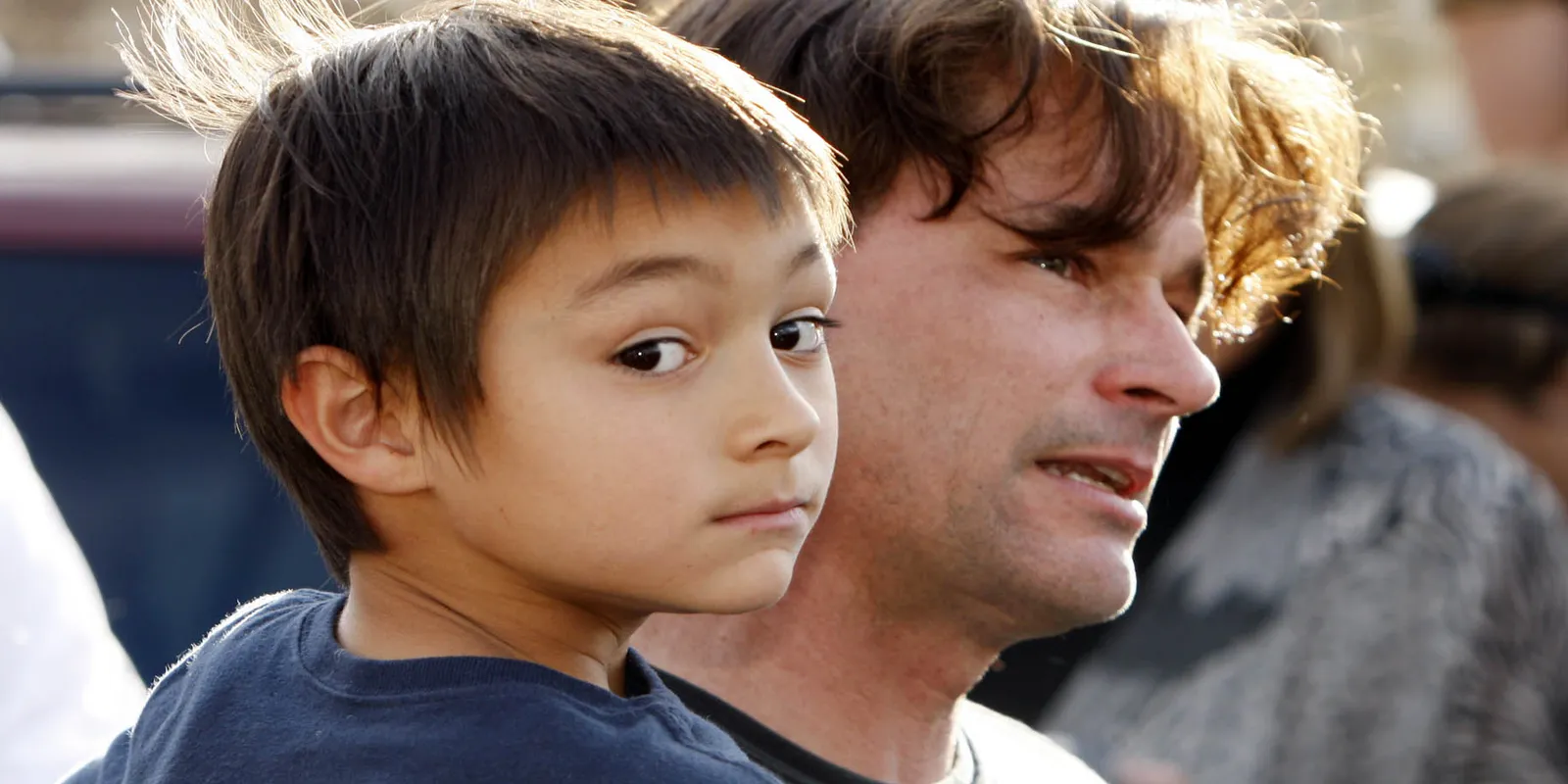
The story of Balloon Boy, a young boy allegedly caught in a homemade helium balloon soaring across the skies, captured the world’s attention like few stories before it. For years, many have dismissed the event as a classic media hoax—a carefully orchestrated stunt meant to garner fame, attention, and sometimes monetary gain. However, what if the reality was far more complex? What if the incident was not a fabricated scheme but a genuine tragedy or anomaly that was misrepresented or sensationalized by those involved or by the media? This blog delves into the depths of that question, examining the narrative from multiple angles and exploring the possibility that Balloon Boy’s story might have been misunderstood or obscured by the very structures designed to report the truth.
The Origins of the Story
The incident that became known worldwide happened in October 2009, involving a young boy named Falcon Heene. His family claimed that Falcon was trapped in a home-made helium balloon that escaped and was drifting uncontrollably over Colorado. The event prompted a massive emergency response, with helicopters, ground crews, and media outlets rapidly mobilized. The story quickly became a media sensation, with live coverage captivating millions and sparking widespread speculation about what truly happened.
From the outset, questions arose over the authenticity of the event. Some observers pointed out inconsistencies, such as the family’s previous behavior, potential motives, and the timing of the incident, which conveniently coincided with other personal or financial issues the family faced. However, official investigations concluded that the entire event was staged by the family to attract media attention and secure a cash prize offered by a TV show for acts of bravery or sensationalism.
Was It Really a Hoax?
The Evidence Supporting a Hoax
- Media motives: The Heenes family was reportedly motivated by financial gain, aiming to appear on a television show and capitalize on the fame associated with their child’s dramatic rescue.
- Inconsistent statements: During and after the event, family members provided conflicting accounts of what transpired, raising suspicions about their credibility.
- Investigation outcomes: Official inquiries led to the family admitting that the event was staged, and charges were filed against them for false reporting and conspiracy.
The Argument for a Genuine Incident
Despite the overwhelming evidence pointing towards a staged event, some skeptics and independent observers have questioned whether everything was as straightforward as it seems. Could there have been a genuine accident or unforeseen malfunction that was then spin-doctored into a hoax? Some suggest that the public perception was manipulated to serve media or corporate interests, and that perhaps a real incident was sensationalized or misrepresented to boost ratings and advertisers’ profits.
Moreover, rare anomalies and unexplained phenomena in the realm of weather, flight mechanics, or even psychological state of witnesses could suggest that something unplanned or unusual did happen, which was later exploited or misconstrued by the media or authorities.
The Possible Motivations Behind a Cover-Up
Media Influence and Sensationalism
The media thrives on sensational stories. High-stakes drama involving children, danger, and flying objects is a recipe for ratings and clicks. If the Balloon Boy incident was genuine, it would serve as an unprecedented spectacle to attract viewers and advertisers alike. Conversely, if staged, the media might have played along, either knowingly or unknowingly, reinforcing the hoax to maximize coverage.
Government and Corporate Interests
Some conspiracy theories suggest that events like these are exploited to obscure more significant issues, such as security concerns, weather experiments, or government experiments on the populace. The illusion of danger in innocent childhood stories provides a distraction while more covert activities occur elsewhere.
Family Motives and Personal Gain
The Heene family, like many others in similar situations, might have had personal motives beyond fame. Financial difficulties, the desire for recognition, or even a subconscious urge for redemption could have driven them to stage the event, knowingly or unknowingly, blurring the lines between truth and deception.
Implications of a Non-Hoax Reality
If we entertain the possibility that the Balloon Boy incident was not a hoax, several profound implications emerge:
- Media Responsibility: The role of the media in verifying stories before broadcasting becomes critical. False or exaggerated reports can influence public perception and policy decisions.
- Public Trust: Trust in media, authorities, and narratives becomes fragile if events are revealed to be manipulated or misunderstood.
- Understanding Childhood and Risk: Society’s perception of children’s safety, risk-taking, and innocence could shift if some stories are found to be genuine accidents rather than staged performances.
What Could Have Truly Happened?
Speculating beyond the official narrative opens a realm of possibilities. Was Falcon Heene genuinely trapped in a flying device that malfunctioned? Could it have been an experimental craft or an unintended flight? Or perhaps, the family experienced a scary but real event that was later shadowed by suspicion and sensationalism?
There have been claims of unexplained skies, sightings of unidentified flying objects, or unusual weather conditions around the time of the incident. Some theorists argue that the incident was a cover-up of a drone, experimental aircraft, or an accidental release of a scientific device.
Alternatively, the entire story could have been a combination of a minor accident and opportunistic manipulation, with real danger overshadowed by the desire for media stardom.
Conclusion
The story of Balloon Boy continues to spark debate and intrigue decades after the initial incident. Whether it was a fabricated stunt or a genuine mishap that was subsequently misrepresented, the case underscores the importance of media responsibility, critical thinking, and skepticism. The truth might lay somewhere in between—an incident with elements of reality intertwined with media spectacle, manipulation, and miscommunication.
As we analyze historical narratives and current events, it’s vital to remember that stories are often more complex than they appear at first glance. The “what if” scenarios serve as a reminder to question, investigate, and seek deeper understanding beyond surface appearances.
For more updated news please keep visiting Prime News World.



